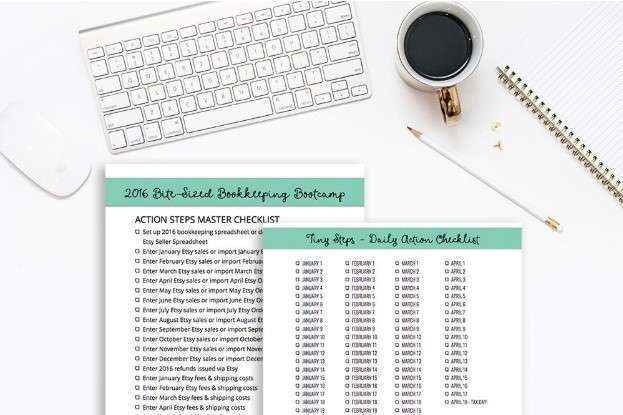
Incremental costing helps evaluate the impact on patient care and financial sustainability. They need to weigh the additional costs (specialized equipment, staff training, and patient care) against the incremental benefits (better patient outcomes, reputation, and potential referrals). Incremental costs are also used in the management decision to make or buy a product.

What Is the Benefit of Incremental Analysis?
- Also called marginal analysis, the relevant cost approach, or differential analysis, incremental analysis disregards any sunk cost (past cost).
- From a business standpoint, incremental cost can be used to determine the profitability of a new product or service.
- Incremental costs refer to the additional expenses that a company incurs when choosing one option over another.
- Certain costs will be incurred whether there is an increase in production or not, which are not computed when determining incremental cost, and they include fixed costs.
- Add up all the production and direct labor costs involved with your base volume.
- It also helps a firm decide whether to manufacture a good or purchase it elsewhere.
By incorporating incremental cost analysis, the company can assess the additional expenses involved in increasing production and compare them with the expected increase in revenue. This analysis helps in determining the feasibility and profitability What is bookkeeping of the expansion. Incremental cost, also known as marginal cost, is a key concept in managerial accounting and financial analysis.

Incremental Costing: How to Calculate and Compare the Incremental Costs and Benefits of Different Options
The negative $25,000 incremental cost signals that outsourcing would reduce production costs by $25,000 for this volume. Here the $20,000 incremental cost reveals how much extra the premium feature addition will cost in total across 1,000 product units. Therefore, the incremental cost of producing an extra 5,000 units is $20,000. For instance, evaluating expanding monthly production from 10,000 units to 15,000 units means the incremental change is 5,000 units. Also called marginal analysis, the relevant cost approach, or differential analysis, incremental analysis disregards any sunk cost (past cost).
- From an individual standpoint, incremental cost plays a significant role in personal decision making.
- Incremental cost analysis is often used to analyze business segments to determine their profitability.
- For any business decision that involves changing volumes or adding products/services, incremental costs are vital for determining the financial impact.
- By incorporating incremental cost into decision-making, we can optimize resource allocation and achieve better outcomes.
- The management must look at the additional cost of producing the products under one roof.
Why Calculate Incremental Costs?
Incremental analysis is a problem-solving method that applies accounting information—with a focus on costs—to strategic decision-making. Sunk costs are costs that have already been incurred and cannot be recovered, regardless of the decision to accept or reject a special order. Continuing the example, let’s say it costs $100,000 to produce the 10,000 units in a typical month. For example, if you normally produce 10,000 units of a product per month, this base monthly volume is 10,000 units. The incremental volume change is how much extra output is being proposed or considered for evaluation.

The management is considering expanding its production capacity by investing in new machinery. They need to compare the additional costs (such as machinery purchase, maintenance, and labor) against the incremental benefits (increased production, sales, and revenue). By analyzing the net impact, they can make an informed decision on whether the expansion is financially viable. Several factors can influence incremental costs, and it is crucial to consider them when analyzing different options.
Step 5: Subtract Old Cost from New Cost

The company is not operating at capacity and will not be required to invest in equipment or overtime to accept any special order that it may receive. Then, a special order arrives requesting the purchase of 15 items at $225 each. The Prudent Man Rule is a fundamental principle in investment management and fiduciary… The concept of capital adequacy has been a key topic in the banking industry for many years. In the realm of entrepreneurial ventures, optimizing operational costs is paramount. In the realm of community management, the impetus for evolution and improvement often originates…
Understanding the additional costs of increasing production of a good is helpful when determining the retail price of the product. Companies look to analyze the incremental costs of production to maximize production levels and profitability. Only the relevant incremental costs that can be directly tied to the business segment are considered when evaluating the profitability of a business segment. Let’s say, as an example, that a company is considering increasing its production of goods but needs to understand the incremental costs involved.
Understanding Incremental Costs
As technology advances, AI algorithms optimize incremental decisions. They analyze vast datasets, predict outcomes, and recommend cost-effective paths. Imagine an e-commerce platform adjusting ad spending based on incremental conversion rates. The future lies in https://www.bookstime.com/ harnessing AI’s power for precision decision-making. Expanding from 10,000 units to 15,000 units, let’s assume total monthly costs increase to $120,000.

Example of Incremental Cost
In other words, incremental costs are solely dependent on production volume. Conversely, fixed costs, such as rent and overhead, are omitted from incremental cost analysis because these costs typically don’t change with production incremental expenses volumes. Also, fixed costs can be difficult to attribute to any one business segment. Understanding the concept of incremental cost is crucial for decision making and cost-benefit analysis.